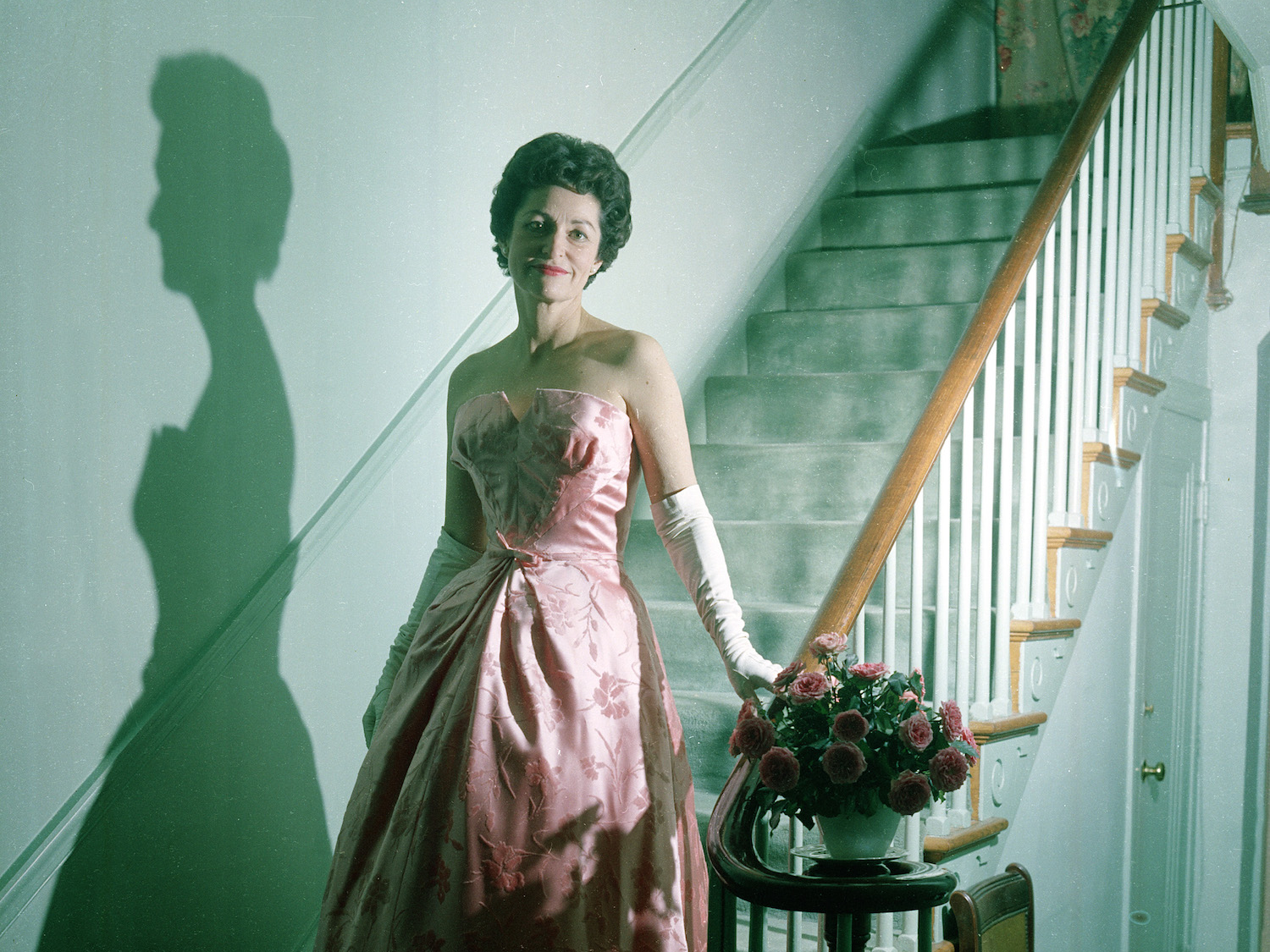Austin, Texas is the place to be.
US News & World Report rated the Texas capital as the best place to live this year. It’s also a great spot if you’re looking for a job or seeking a high quality of life.
It’s clear that life is pretty good in ATX.
This is largely thanks to a former First Lady.
Lady Bird Johnson championed beautifying America and preserving nature as First Lady.
In the 1970s, after her husband Lyndon B. Johnson left the White House, her passion for conservation also laid the groundwork for some of Austin's most beloved spots.
Her connection to the city of Austin began early in life

Growing up, Claudia "Lady Bird" Taylor had always "found solace in the outdoors, in the beauty of nature," said Betty Boyd Caroli, author of "Lady Bird and Lyndon: The Hidden Story of a Marriage That Made a President."
This passion for flowers and the outdoors also sparked Taylor's love for the capital of Texas.
"The 17-year-old Lady Bird first saw Austin in the spring of 1930 when she flew down, from her home about 300 miles to the East, to look at the University of Texas and consider enrolling there," Caroli said. "She fell in love with the city immediately and called it a 'magical place' for her."
As the future First Lady's plane landed, she looked out the window and saw a sea of bluebonnets in bloom.
"She had never seen so many bluebonnets in one space before, and it was the sight of the field of flowers set against the brushy range that made her want to move to Austin," writes Jan Jarboe Russell in "Lady Bird: A Biography of Mrs. Johnson." "'It was as though the gates of the world flung open for me,' she said. 'I felt in in love with life itself.'"
Lady Bird made a life for herself in Austin

Lady Bird Taylor ended up receiving a BA with honors from the University of Texas in Austin in 1933, as well as a second BA in journalism the following year.
Austin was also where Taylor met an ambitious young Congressional aide named Lyndon Johnson. Johnson proposed to her on their first date, but Taylor did not accept immediately. The couple was married on November 17, 1934.
The Johnsons maintained a residence in the Texas city early on in their marriage, even after buying a ranch 70 miles west of Austin.
She worked to beautify D.C. and protect the environment throughout the US

One of Lyndon Johnson's first actions after rising to the Oval Office in the wake of John F. Kennedy's assassination was to establish a Task Force on the Preservation of Natural Beauty in 1964.
According to Caroli, Johnson's associates indicated that Lady Bird was a major influence on Johnson. The First Lady also made it her own personal quest to protect the environment and make America beautiful.
"As First Lady, she formed her own committee to undertake what was called 'beautification' but had a wide range of objectives," Caroli said. "In Washington, D.C., the committee took on two initiatives - to turn the capital into a 'garden city' with tree-lined streets and flowering parks but also to go beyond the tourist center and add plantings and improve playgrounds in low income neighborhoods."
Lady Bird Johnson's beautification efforts weren't restricted to the Beltway. Her impact on policy continued to resonate throughout Johnson's presidency
PBS's "Lady Bird Johnson: Portrait of a First Lady" quoted the president as telling his staff, "You know I love that woman and she wants that Highway Beautification Act... by God, we're going to get it for her."
Later on, Johnson set her sights on improving the city of Austin

After her husband left the White House in 1969, Johnson set her sights on improving Austin, a city that was already close to her heart.
"Austin's Town Lake had long been a major resource of the city, offering a place for water sports and lakeside recreation," Caroli said. "But in 1972, Lady Bird Johnson became involved in a campaign to make the lake and its surroundings more attractive. She knew exactly which flowering trees and plantings she wanted along the water, and she helped raise the money to get them there. When townspeople proposed renaming the lake for her, she demurred. But after her death in 2007, the name change occurred and today Lady Bird Lake is one of Austin's favorite spots."
Today, Austin residents and visitors can boat, kayak, and paddle-board in Lady Bird Lake, as well as hike the trails that loop around the water.
Some of the city's landmarks now bear her name

What's more, the former First Lady went on to found the National Wildflower Research Center with actress Helen Hayes. It's since since been renamed the Lady Bird Johnson Wildflower Center and is based 10 miles southwest of downtown Austin, Texas.
According to the LBJ Presidential Library, the Lady Bird Johnson Wildflower Center is home to 650 species of plants and trees native to Central Texas. Today, the center is connected to her alma mater, the University of Texas in Austin. It runs North America's largest online resource regarding native plants and founded with the intent to conserve native plants and wildflowers - and it's a great place to visit if you're looking to see some spectacular blooms.
Johnson's legacy lives on, in the city of Austin and beyond

"Most people think of Lady Bird Johnson as a merely peripheral figure in the Johnson administration, very much under the domination of her husband," said Caroli. "What is clear to anyone who examines that marriage is how crucial she was to his success. Her sharp political acuity and business savvy eased his political rise, and her ability to smooth the feathers he ruffled was nearly as important as her calming influence on his erratic temper and moodiness."
Beyond her efforts to make Austin beautiful, Lady Bird Johnson's devotion to the city continued until the end of her life.
"After Lyndon's death, she bought her own small ranch style house in Austin, and that is where she died in 2007," said Caroli.

